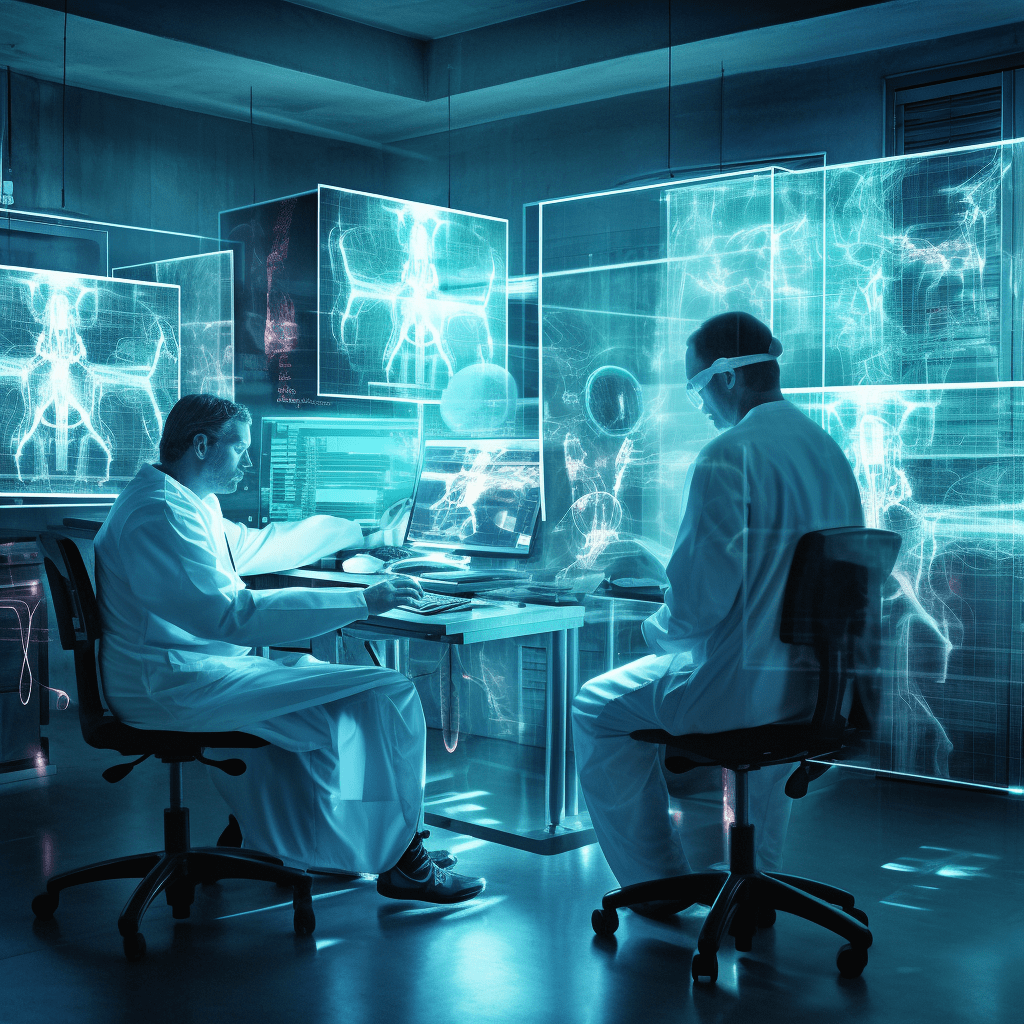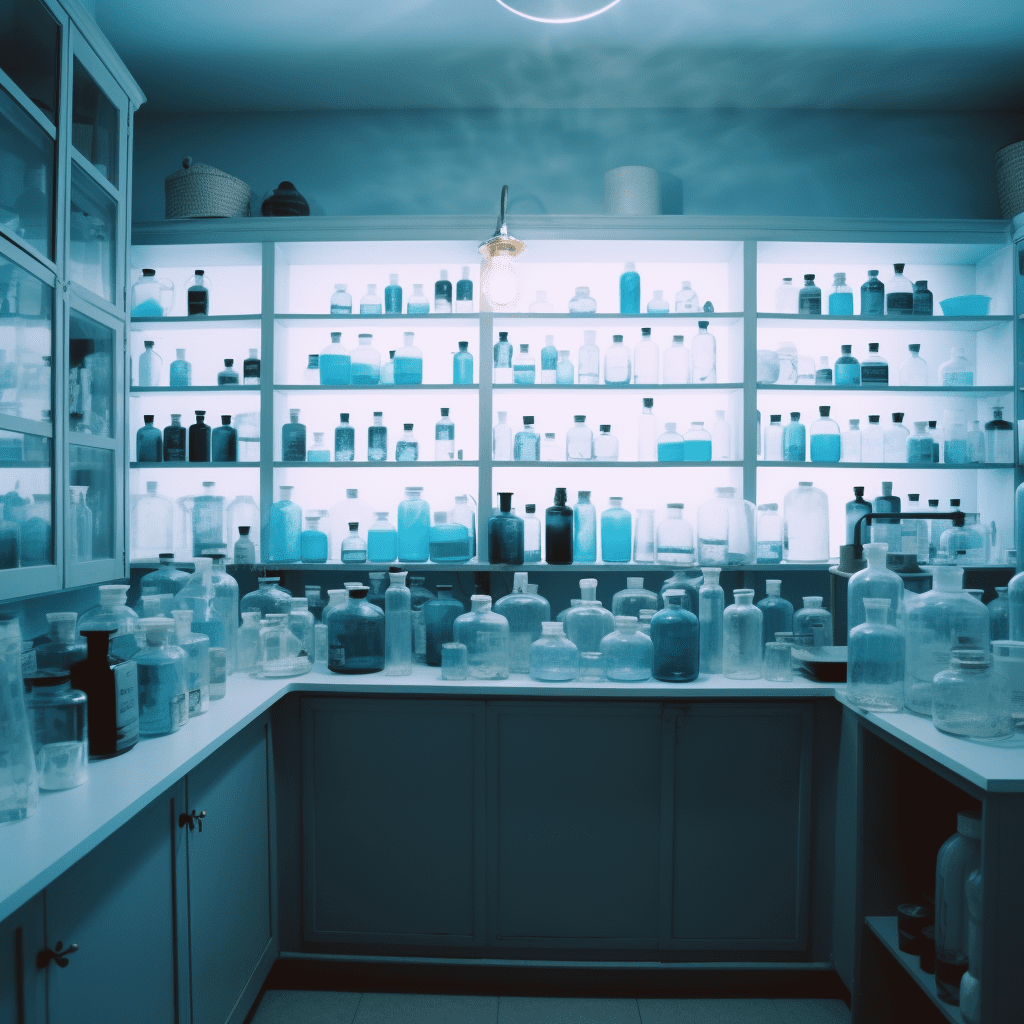Identifying Breast Cancer Rash: Recognizing Symptoms and Seeking Early Detection
 2 years ago
By John Lewis Elopre
2 years ago
By John Lewis Elopre

Breast Cancer Rash Symptoms
Breast cancer is a serious concern that affects millions of individuals worldwide. While many people are familiar with the more traditional signs of breast cancer, such as lumps and changes in breast shape, it’s important to recognize that breast cancer can also manifest in less common ways, including through skin changes like rashes. Identifying breast cancer rash symptoms is crucial for early detection and effective treatment. In this article, we will delve into the topic of identifying breast cancer rash, its symptoms, and the steps you can take for prompt medical attention.
Introduction
Breast cancer rash is an uncommon but important aspect of breast cancer symptoms that individuals should be aware of. While it might not be the most prevalent sign, recognizing it can lead to early detection, thereby increasing the chances of successful treatment and recovery.
Understanding Breast Cancer Rash
Breast cancer rash refers to the appearance of skin changes on or around the breast area that may indicate an underlying malignancy. These rashes can vary in appearance, texture, and sensation, making them crucial to identify.
Common Symptoms of Breast Cancer Rash
3.1 Unexplained Skin Changes
One of the primary indicators of breast cancer rash is the presence of unexplained skin changes. These changes could include redness, inflammation, or discoloration that is not attributed to any other known causes.
3.2 Texture and Color Alterations
Changes in the texture and color of the breast skin can also be a cause for concern. The skin might appear dimpled, scaly, or have an orange-peel-like texture.
3.3 Persistent Itching or Pain
Persistent itching, discomfort, or pain in the breast area, accompanied by skin changes, should not be ignored. These sensations could be indicative of an underlying issue.
Risk Factors
4.1 Age and Gender
Age and gender play a significant role in breast cancer risk. While breast cancer rash can occur in individuals of any age or gender, being aware of the risk factors is essential.
4.2 Genetic Predisposition
A family history of breast cancer or certain genetic mutations, such as BRCA1 and BRCA2, can increase the likelihood of developing breast cancer and associated rashes.
4.3 Hormonal Factors
Hormonal imbalances, especially those related to estrogen and progesterone, can influence the development of breast cancer and its symptoms.
Importance of Early Detection
Early detection of breast cancer, including rash symptoms, can greatly impact the success of treatment. Timely medical attention can lead to more effective intervention and improved outcomes.
Diagnosis and Medical Evaluation
6.1 Physical Examination
A thorough physical examination by a healthcare professional is the first step in diagnosing breast cancer rash. They will assess the appearance of the rash, along with other potential symptoms.
6.2 Biopsy and Imaging Tests
Biopsy and imaging tests, such as mammograms and ultrasounds, may be conducted to determine the nature of the rash and any underlying cancerous cells.
6.3 Consulting a Specialist
Consulting with a dermatologist or an oncologist specialized in breast health is crucial for accurate diagnosis and appropriate treatment planning.
Treatment Options
7.1 Surgery and Radiation
Surgical removal of the affected tissue and radiation therapy are common approaches to treating breast cancer rash, especially if the cancer has not spread.
7.2 Chemotherapy and Targeted Therapy
In cases where cancer has spread or is more aggressive, chemotherapy and targeted therapy may be recommended to destroy cancer cells and prevent their growth.
7.3 Hormone Therapy
Hormone therapy aims to block or inhibit hormones that fuel certain types of breast cancer, offering a targeted treatment option.
Preventive Measures
8.1 Regular Self-Exams
Performing regular self-exams and being vigilant about any changes in the breast area can aid in early detection of not just rashes, but other potential symptoms as well.
8.2 Healthy Lifestyle Choices
Maintaining a healthy lifestyle, including a balanced diet and regular exercise, can contribute to reducing overall cancer risk.
8.3 Screening and Early Detection
Routine breast cancer screening, including mammograms, is essential for detecting any changes in breast tissue, including rashes, at an early stage.
Support and Coping Strategies
9.1 Emotional Well-being
A breast cancer diagnosis can take a toll on emotional well-being. Seeking support from loved ones, mental health professionals, or support groups can be immensely beneficial.
9.2 Support Groups and Resources
Joining breast cancer support groups and accessing reliable resources can provide valuable information, empathy, and a sense of community.
Key Takeaways
Identifying breast cancer rash symptoms is a crucial aspect of early detection and timely treatment. By being aware of the potential signs, understanding risk factors, and seeking medical attention promptly, individuals can take proactive steps towards their health and well-being.
FAQs
Can a breast cancer rash occur without any other symptoms?
Yes, a breast cancer rash can sometimes manifest as the only noticeable symptom.
Are all breast rashes indicative of cancer?
No, many breast rashes are benign and not related to cancer. However, it’s important to have any persistent or unusual rash evaluated by a medical professional.
Is breast cancer rash painful?
Breast cancer rash can sometimes be accompanied by pain or discomfort, but not always.
Can men develop breast cancer rash?
Yes, though it’s more common in women, men can also develop breast cancer and associated rash.
Is self-diagnosis of breast cancer rash recommended?
Self-diagnosis is not recommended. If you notice any unusual changes or symptoms, it’s best to consult a healthcare professional for proper evaluation.

Navigating the Complex World of Global Regulatory Affairs in Oncology
In today's fast-paced global pharmaceutical landscape, the regulatory affairs sector plays a pivotal role in ensuring the safety, efficacy, and market access of oncology drugs. As the demand for innovative cancer therapies continues to grow, understanding the intricacies of global...
2 years agoNavigating the Complex World of Global Regulatory Affairs in Oncology
In today's fast-paced global pharmaceutical landscape, the regulatory affairs sector plays a pivotal role in ensuring the safety, efficacy, and market access of oncology drugs. As the demand for innovative cancer therapies continues to grow, understanding the intricacies of global...
2 years ago
The Vital Role of Institutional Review Boards (IRBs) in Oncology Research
In the world of medical research, ethics play a paramount role. Researchers, especially in fields like oncology, are constantly striving to find innovative solutions and treatments to combat cancer. However, these advancements must be achieved within the boundaries of ethical...
2 years agoThe Vital Role of Institutional Review Boards (IRBs) in Oncology Research
In the world of medical research, ethics play a paramount role. Researchers, especially in fields like oncology, are constantly striving to find innovative solutions and treatments to combat cancer. However, these advancements must be achieved within the boundaries of ethical...
2 years ago
Data Privacy and Security in Oncology Trials
In today's digital age, data privacy and security have become paramount concerns across various industries, including healthcare. Within the realm of clinical research, particularly in oncology trials, safeguarding patient data is of utmost importance. This article delves into the critical...
2 years agoData Privacy and Security in Oncology Trials
In today's digital age, data privacy and security have become paramount concerns across various industries, including healthcare. Within the realm of clinical research, particularly in oncology trials, safeguarding patient data is of utmost importance. This article delves into the critical...
2 years ago